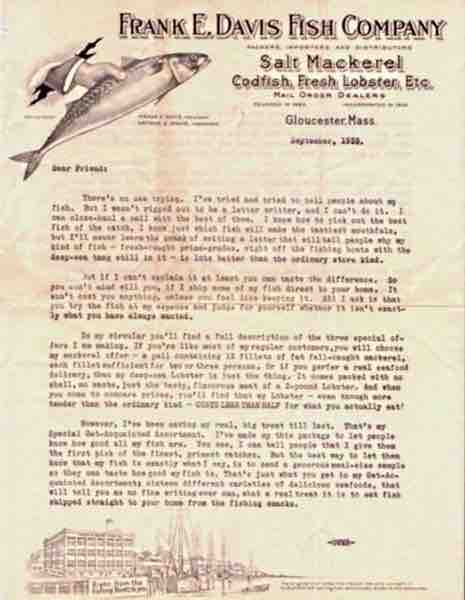Direct marketing allows businesses and nonprofit organizations to advertise and market directly to customers via a variety of print and electronic mediums. Direct marketing campaigns focus on the consumer, statistical data generated via outreach and the accountability of the marketer. The message is based upon a "call to action" delivered directly to predisposed consumers.
Direct Marketing Popularity
In 2010, direct marketing accounted for 8.3% of the total U.S. gross domestic product. The industry employs approximately 1.4 million people directly and another 8.4 million in related jobs and businesses. Commercial and nonprofit businesses spent approximately $150 billion on marketing, accounting for more than half of all U.S. advertising expenditures for the year.
Characteristics of Direct Marketing
Direct marketing targets individual members of defined consumer groups. It distinguishes itself from mass marketing by virtue of the distance between the manufacturer and the ultimate end user, seeking to deliver a specific "call to action" to consumers. Reduced mail cost and the elimination of "brick and mortar" retail stores have helped to decrease the cost of direct marketing campaigns. The practice also attempts to establish a personal relationship with the customer because of direct purchases and customer service on a "first name" basis. Direct marketing has cleared the way for a number of competitors to enter markets on a global level and has increased product offerings to fill niche markets.
Customer Connection
Toll-free 1-800 numbers, loyalty marketing programs, magazine subscription cards, mail order catalogues, and credit card rewards programs laid the foundation for direct marketing's success. In addition, improvements in traditional delivery techniques and the introduction of new technologies have accelerated this growth. Customers can now buy products without contact from a salesperson. Product information is delivered directly and impersonally. Questions can be answered through toll-free numbers, FAQ pages on websites or via email.
Types of Direct Marketing Tools
There are many different direct marketing tools, including direct mail, telemarketing, couponing, direct response TV and radio, face-to-face selling, community campaigns, and grassroots campaigns.
The Internet provides extraordinary reach. Marketers can use email, along with interactive static banner ads, pop ups, video and floating unit ads. Browser cookie analysis tag special interests and push appropriate products or services on personal websites. Marketers use search engine optimization and pay for prominent placement on query result lists to bring their products to a customer's attention. Social media reaches out to targeted consumer groups and showcases compatible goods and services.
Mobile technology direct marketing includes SMS-short message service, MMS-multi-media message service, QR Codes, applications, push notifications sent directly to users, and location based messages.
The Benefits and Shortcomings of Direct Marketing Techniques
Direct marketing response is track-able and measurable regardless of the delivery medium. It provides valuable and reliable consumer and sales data, as well as clear, quantifiable success metrics for analysis.
Direct marketing places control in the hands of the consumer, making a poorly written message strategy or improperly compiled demographic database problematic. "Opt-out" lists, variable message printing and well defined demographics help to counteract these problems.

Direct Mail
Marketing outreach via the USPS - A direct response letter